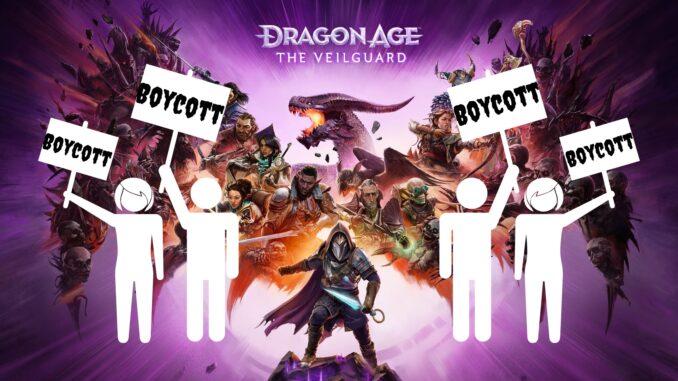
The Dragon Age series has been known for its rich storytelling, choice-driven narratives, and dark fantasy world which has inspired a devoted fan base since Dragon Age: Origins first launched in 2009. It is also a franchise that has suffered from an identity crisis that has failed to match, let alone surpass, Origins in terms of scope and narrative.
That has not changed with the latest installment, Dragon Age: The Veilguard, which has left most of the series’ loyal fans scratching their heads at the further departure from the franchise. Since its first trailer was released, there has been a plethora of voiced frustration over changes that stray far from the franchise’s roots, raising questions about what makes Dragon Age truly feel like Dragon Age and why gamers should boycott Dragon Age: The Veilguard.
Talk about dragon out the name, huh?

Upon release of the reveal trailer, the first thing fans noted was the drastic shift in DA: The Veilguard’s art style. Unlike previous entries, which used darker palettes, rugged textures, and medieval-inspired designs that reflected the gritty nature of Thedas, The Veilguard has adopted a stylized and animated look. A change that was immediately criticized as an attempt to emulate modern graphics trends and, as a result, has washed out the series’ uniquely atmospheric charm. Fans were quick to comment on the art style, claiming the game looks more like a cartoon fantasy arcade game rather than the next Dragon Age.
With this visual overhaul, it has undermined the immersive qualities that were once central to the franchise. The setting, atmosphere, and look of Thedas has been diluted, making it hard to distinguish Dragon Age from other fantasy RPGs. A game that once felt gritty and immersive now looks overly polished and cartoonish, contributing to the widespread sentiment that The Veilguard is missing the series’ trademark feel. The characters, which feature slightly larger heads like Funko toys, look as if they belong more in a movie like Megamind or Shrek than a game such as Dragon Age. Further distancing fans from the game. And the less we speak of the Qunari the better. Instead of looking like their own distinct race, players now see a human-washed species as if this was an episode of Star Trek The Original Series. Difference is, Star Trek TOS had a limited budget and limitations for what they could do in the 1960s unlike BioWare which has the tech, manpower, and finances.
But the changes didn’t stop with just the looks.
Overall, the reveal trailer felt and looked more like a trailer for an action-adventure game that should be titled Dragon Age Fortnite: Suicide Squad. From the music used to the dialogue spoken and the action presented, the result is that the trailer was ratio’d with 288,000 Dislikes to 47,000 Likes.
And BioWare hasn’t changed that perception of the game since.
When Dragon Age: Origins debuted, it offered a unique blend of real-time tactical combat with pause-and-play strategy, allowing players to coordinate their fights depending on their desire to control all the characters’ actions and moves during a fight. A system that was eschewed with Dragon Age II for a more Mass Effect-style combat system. Veilguard has shifted ever more toward this path with its action-driven combat system that downplay the series’ strategic elements. The change is so drastic that this new, fast-paced combat is reminiscent of hack-and-slash games, which contrasts sharply with the slower, tactical approach long-time players valued.
This decision was most likely made to appeal to a broader audience at the expense of its original player base. With this shift, the sacrifices in gameplay depth have made the experience feel less like Dragon Age and more like a watered-down action RPG. Fans who were looking forward to the high-stakes tactical combat of previous titles, now find themselves with a fast-paced, flashy combat system that feels disconnected from the series’ origins. Gameplay that, according to some who have played the game early, describe it as a God of War 2018-like combat system where a rage meter-equivalent is filled when hitting enemies in order to unleash their attacks.
A combat system that comes with a price.
Players can no longer control their companions during a fight.
What is even more disconcerting about the game is the attitude of BioWare when it comes to The Veilguard. In the wake of its poor reception and criticism, the developers have spoken badly about the previous installments saying “the combat’s actually fun” in The Veilguard compared to previous games.
When a developer has to dogpile on previous games to upsell theirs, that tends to be a red flag.
The inability to control your companions during a fight isn’t the only issue. A defining feature of Dragon Age has always been its deep, engaging companion relationships. Relationships where players bond with morally complex characters like Morrigan, Varric, and Iron Bull. Who loved to witness the arguments and combative natures of companions towards each other and even the gamer’s character. Unfortunately, The Veilguard’s companions lack the depth and complexity that previous titles boasted. These characters, caricatures or trope-driven personalities that BioWare has a reputation for crafting, fail to offer the complexity fans have come to expect from the Star Wars: Knights of the Old Republic developer.
The worry is that companions will be, like the trailer, quirky and quippy with a degree of preachiness ad nauseum with tired dialogue that has been used in entertainment a thousand times over. That they will pale in comparison to previous companions because they aren’t fleshed out or written in a compelling manner. That they will be stilted and prevented from truly being fleshed out because the developers of this game are scared to be offensive to anyone. So that these characters will not truly be on either side, in regards to good and bad, but be forced to stay in the middle as boringly banal interactions of this world. Characters that want to be pleasing and accepting rather than have their own agendas, desires, wants, and willingness to do what needs to be done no matter what others think.
Which is a major problem since Dragon Age is known for being dark and gritty, that includes its characters. If that key component is missing from The Veilguard, then what would be the point of it being rated M for Mature? Will there be any substantial conflict between companions?
It certainly appears that this will not be the case from what is being said by those who were able to play the game early for previews and as early reviews are being published.
As the characters lack depth so, too, does the world itself. Not visually. Visually, the levels look good, but they don’t have the Dragon Age look or feel. It’s clean and sterile, while linearity takes away from any potential mystery or desire to wander about and explore the world. It’s designed to keep you going forward rather than enticing you to stop and smell the pixelated roses or charred remains of Darkspawn.
The appeal of Dragon Age games lies in their deep lore, political intrigue, and world-building. But Veilguard seems to shift away from these immersive elements, instead offering a more linear story with fewer moral choices and less exploration of its socio-political landscape. The world-building in Veilguard appears to be cursory, lacking the depth of prior games that allowed players to fully explore the history, religion, and cultures of Thedas.
In fact, Veilguard has gotten rid of exploration altogether for that linear experience. Additionally, choice-driven narrative has been significantly toned down, a disappointment for fans who enjoyed the power of narrative consequences and diversity. More specifically for those who were looking forward to seeing the decisions made in past installments carried over to Veilguard which is not the case. DA:O and DA2 are completely ignored and only three choices are carried over from Dragon Age: Inquisition. Which means that, if there are appearances by other characters from the previous games, then they will not be fleshed out or tailored around the decisions you made; making them a shallow representation of what could have been.
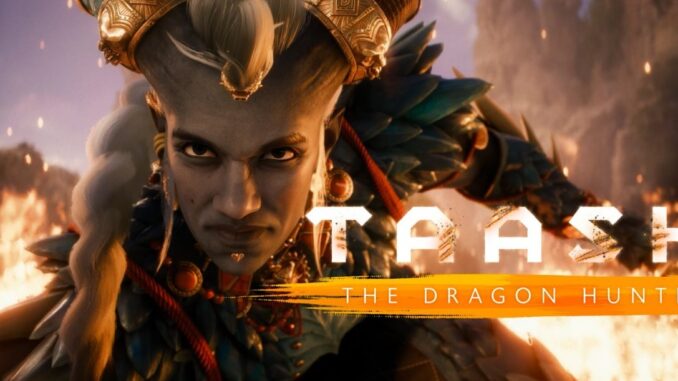
Unsurprisingly, this list of criticisms has spurred a boycott movement among Dragon Age’s core fans. What was once a franchise synonymous with mature, thought-provoking fantasy storytelling has become an experience that feels generic, incomplete, and child-like. While The Veilguard aimed to modernize Dragon Age, the argument made is that it has strayed too far, neglecting the very elements that defined the franchise.
Rather than developing its identity, EA and BioWare decided to chase after the current trends in the hope to sell more games. Instead of cultivating the Dragon Age identity, they threw it to the side. The Dragon Age franchise could have been the next Baldur’s Gate franchise. Instead, with this latest installment, it is now a cookie-cutter action adventure RPG that, at best, will be forgettable fun for some.
In addition, Dragon Age: The Veilguard doesn’t look, play, or act like a game designed for adults. It’s designed for children. Which could explain why BioWare didn’t include any spiders in this game; a first for the series (Top 15 Video Game Spiders For Halloween). Designed for V-buck kids jonesing for action-oriented gameplay rather than connoisseurs of narrative-driven gameplay. And, while it would be easy to bring up the topic of DEI in this, there are far more important issues to talk about than something like top surgery scars in the character creation, the inability to create curvaceous feminine forms, and Taash being non-binary.
Suffice to say, in downplaying previous installments by calling them limited, it’s highly ironic that The Veilguard is the most limited game in the franchise. Limited combat, limited enemy types, limited map exploration, limited party, limited companion interactions, limited romance, limited depth, limited narrative, and limited to a whimsical, friendly journey rather than a dark and gritty fight for survival.
The Veilguard has committed all of the cardinal sins when it comes to video games that have ruined a brand and developer which are the betrayal of expectations and loss of identity in pursuit of commercialization. Its success is inherent on the strength of a brand name that, instead of creating their own Baldur’s Gate 3, BioWare developed what is essentially a new IP. Of course, it is easy to point out how the development team isn’t the same one from previous installments, but we are judging on the results. Whether BioWare and EA will realign Dragon Age with its roots remains to be seen. Until then, Dragon Age: The Veilguard remains a non-Dragon Age experience that is a dragon-sized mess of mismatched intentions and unfulfilled expectations that deserves to be boycotted.
At the very least, wait until there is a Game of the Year Edition on sale for $10.
In the meantime, rather than buying Dragon Age: The Veilguard go back and replay or purchase Dragon Age: Origins to be reminded of what a true Dragon Age game feels like.
Author’s Note: Support this site by donating via Paypal or even checking out our merchandise on RedBubble where you can find designs that cater to writers and readers. Money donated and raised goes into paying for this website and equipment.
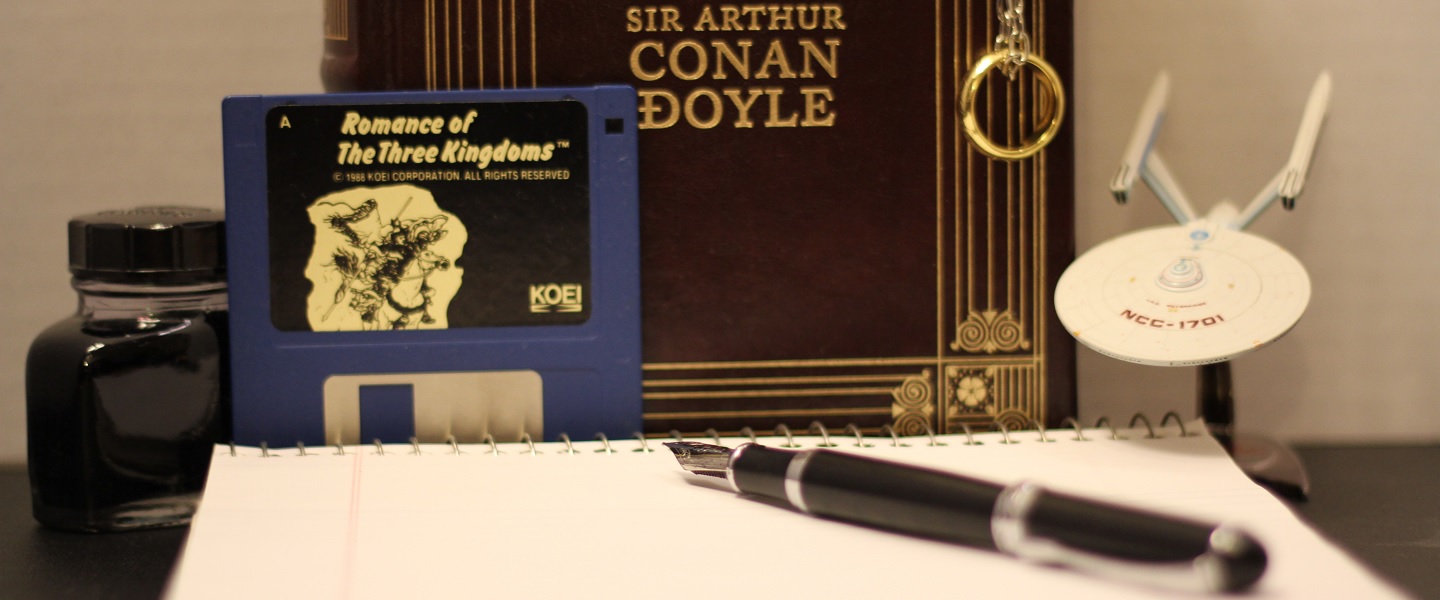
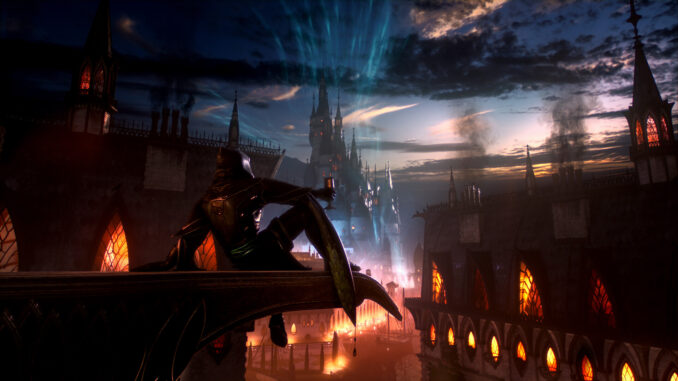
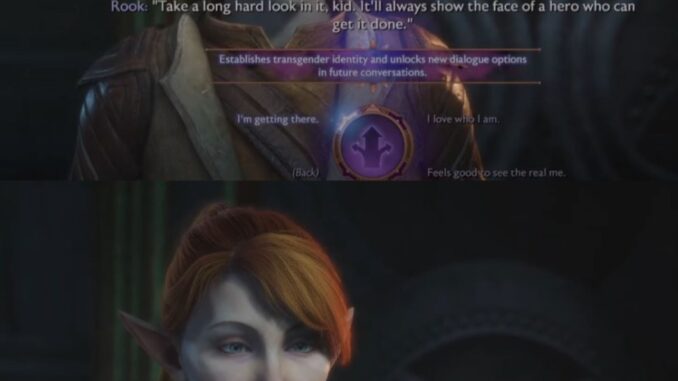
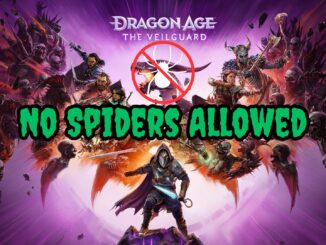
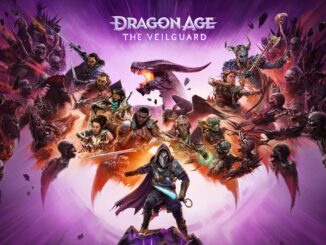
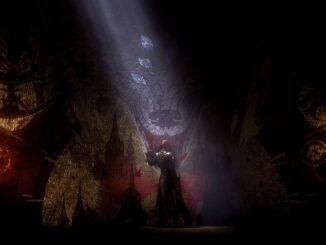
[…] [ October 28, 2024 ] Boycotting Dragon Age: The Veilguard – A Non-Dragon Age Dragon-Sized Mess… […]
[…] colorful game rather than adults looking to enjoy a dark and gritty fantasy game (we recommend Boycotting Dragon Age: The Veilguard). Why else would BioWare purposefully exclude spiders from the […]
[…] been an underwhelming start for Dragon Age: The Veilguard. During its opening weekend, BioWare’s latest game failed to reach 100,000 concurrent players on […]
[…] Boycotting Dragon Age: The Veilguard – A Non-Dragon Age Dragon-Sized Mess […]
[…] until now, when writing about games to boycott, such as Dragon Age: The Veilguard, we have focused mainly on the technical and creative aspects without having to point out the […]
[…] Just another reason why gamers should boycott BioWare’s Dragon Age: The Veilguard. […]